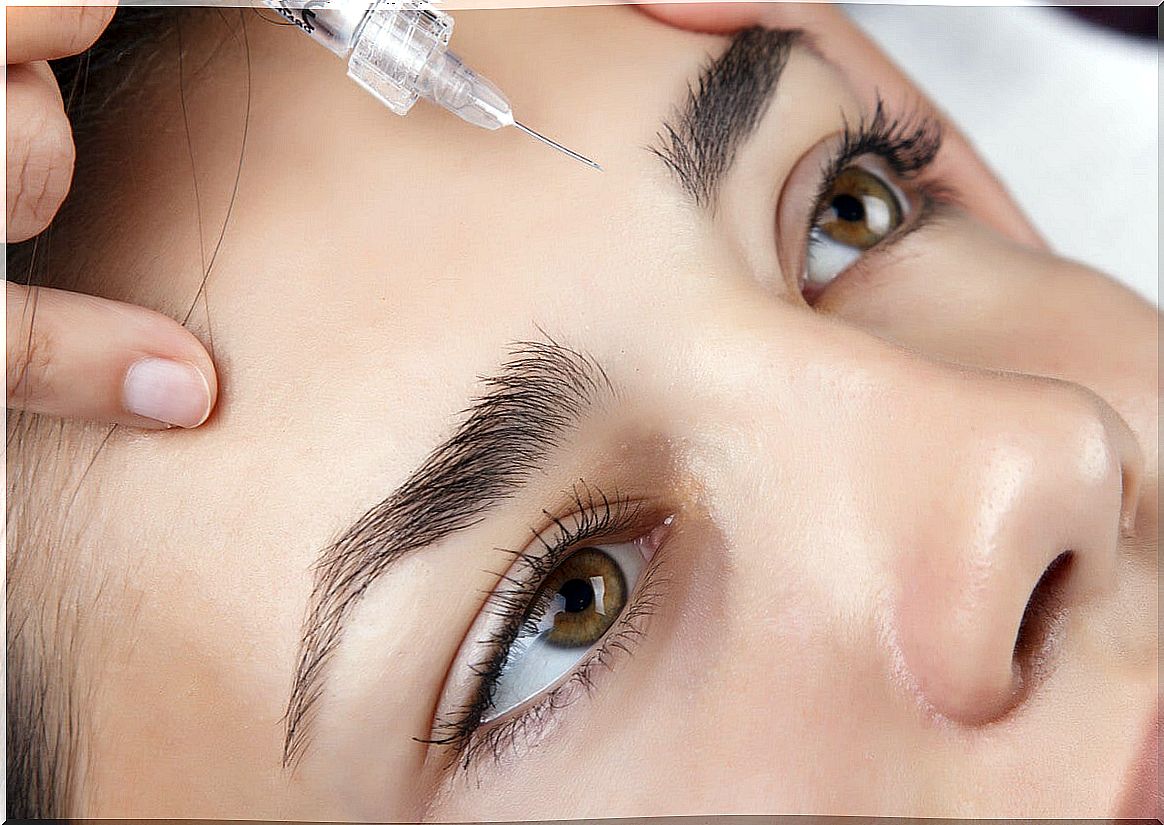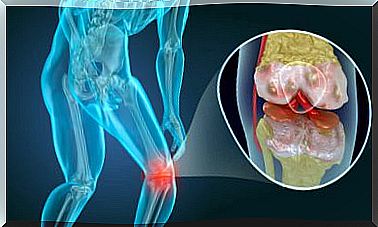What Are The Side Effects Of Hyaluronic Acid?
Nowadays, there is more talk about the side effects of hyaluronic acid, because it is one of the most appreciated products to regenerate the skin and give volume to those areas where certain tissues have already been lost. His employment in the area of beauty and personal care has been increasing.
To obtain optimal results, the person receiving the substance is required to have knowledge of certain guidelines, so that they can avoid adverse reactions. Do you know what these recommendations are and what is to be avoided? We will detail it below.
Hyaluronic acid side effects
A series of indications should be followed after the application of hyaluronic acid in order to avoid side effects. These reactions are not always a direct consequence of the product, but also appear because the patient has not taken proper care of himself or has not followed the professional’s instructions.
Redness of the area
Erythema in the area, as a side effect of hyaluronic acid, is caused by the same trauma as local injections, although it also depends on the properties of the product used. It is a temporary redness with slight inflammation.
This erythema usually lasts from hours to 2 days. The healing process can be accelerated and special creams used after the session to stimulate healing.

Bruising
A certain amount of bruising is usually expected to appear accompanied by inflammation. They usually last no more than a few days. Both of these adverse effects of hyaluronic acid can be minimized by applying firm pressure and ice packs before, after, or during the session.
The use of unnecessary anticoagulant drugs or products should be stopped, if the person is consuming them. According to studies published in The Journal of Clinical and Aesthetic Dermatology , the incidence of bruising after dermal fillers is between 19 and 24%.
Read also: What is the soft lift ?
Asymmetries
Asymmetries can be generated by the amount of hyaluronic acid used. This results in a momentary difference in the volume of the face on each side of the nose, for example, with one area larger than the other.
Allergic reactions and hypersensitivity
These reactions are rare, since hyaluronic acid is a biocompatible product. This means that the body assimilates it without identifying it as an external agent, because its components are similar to natural substances in the body. However, allergies can be evidenced by local irritation.
Skin necrosis
Cutaneous necrosis due to compression or obstruction of a blood vessel is a rare complication. The site of greatest risk for this to happen is between the eyebrows, since this region is supplied by the supratrochlear artery, which does not have a strong collateral circulation, so it cannot receive blood from another place.
Plastic and Reconstructive Surgery recommends aspirating with the needle before injecting the filler in a constant back and forth motion. In this way, the complication could be prevented.
Short-term hyaluronic acid side effects
Some side effects of hyaluronic acid appear in the short term and do not do so immediately, like the ones we already mentioned. This means that a few days pass from the application and, then, they become evident.
Palpable or visible nodules
Nodules and lumps are common complications that result from the use of dermal fillers. They are classified as inflammatory or non-inflammatory. Late-onset nodules that become present for 4 weeks to 1 year or even longer are often inflammatory, like immune responses to hyaluronic acid.
According to the American Journal of Clinical Dermatology, although inflammatory nodules are more common with permanent fillers, their development after the use of temporary fillers has also been reported.
Activation of the herpes simplex virus
In those cases in which the labial area of people who have herpes is intervened, a prophylactic anti-herpetic treatment should be carried out. This is because one of the side effects of hyaluronic acid is the activation of the infection that is lodged in the nerves of the face.
You may be interested: What is a cold sore?
Long-term side effects of hyaluronic acid
After months or years from the application of hyaluronic acid, complications are possible. They are the long-term side effects and, many times, it is difficult to identify their reference to treatment, since the time in between misleads the diagnosis.
Granulomas
The granulomatous foreign body reaction can develop years after injection. This process is asymptomatic or is accompanied by erythema and swelling.
Persistent foreign body reactions can be treated with intralesional corticosteroid injections. However, the American Society for Dermatologic Surgery, through studies carried out, positions hyaluronidase as a feasible therapy for this unwanted effect.

Product migration
Hyaluronic acid migration is one of the possible complications associated with the injection of soft tissue fillers. It is important that, when evaluating nodules, masses or swelling on the face, it is taken into account that the applied substance can migrate to a place far from the injection site, as well as persist in the tissue for years later.
The importance of going to a professional
There are many strategies to reduce the risks of complications from hyaluronic acid fillers. A good working knowledge of the different side effect profiles by a professional is essential.
Although unwanted reactions are rare when using a correct injection technique, patients should be aware that unforeseen adverse sequelae can always occur. It is important to be informed and respect the indications before and after the sessions.









